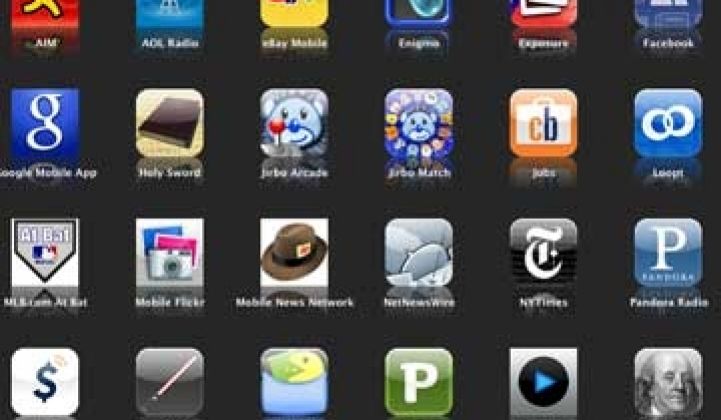Apple is jumping into the smart home market with an app that can control the entire house, according to a report in the Financial Times.
Apple will unveil a software platform that will rely on hardware made by other companies, rather than releasing its own line of connected home products, according to FT. There will be a certification scheme similar to Apple’s “Made for iPhone” label, according to Forbes.
The details won’t be available until the official announcement at next week’s World Wide Developer conference in San Francisco, but it's the official start of Google and Apple's battle for the smart home.
Previously, Apple, Microsoft and Google all dabbled in the emerging market of home energy management systems. But those efforts didn’t really go anywhere. The products available to connect with were lackluster. Beyond a few energy geeks, people just didn’t want to focus on their home energy use.
Fast-forward a few years and things have certainly changed. Google’s designs on the connected home market are nebulous at the moment, but it definitely has something up its sleeve after the $3.2 billion acquisition of Nest Labs earlier this year. Energy is no longer a focal point of the connected home offering, although it remains a significant cog in the wheel.
The prospect of one app to control everything from the dishwasher to the lights to the door lock is enticing, but it is an open question as to whether that is what consumers will demand. Most smart home services today are sold through service providers, primarily security providers, which already have a single app to control various technologies.
Rather than demanding a single app to control everything in the home, many consumers might just go with a package of items that are already available through a provider they already have a relationship with, such as their cable company or security company. Whether that provider is Apple or Comcast, some level of bundling will be key. No one wants to manage a dozen apps to turn off everything in the house on the way out the door, but some users might be fine with two.
Security is the biggest draw of the connected home right now, so users could stick with their security platform for technologies like lights, thermostat and sprinklers, but employ another platform for other smart home technologies.
Of course, there are far more iPhone users than there are home security providers, so Apple is in a position to elbow its way into the nascent market. Telecoms and security providers providing subscription services might not care which platform is used to control the devices, as long as they can sell more services.
Energy services within the smart home
It's possible to envision a future in which one's GE appliance is both Android- and Apple-ready. At CES in January, John Ouseph from GE’s Home & Business unit said that wherever the market moves, GE would ensure its products connect to that platform.
For the energy components of the home, particularly the thermostat, utilities will have to be savvy about partnering on the platforms that matter. If utilities want to push energy efficiency messaging, rebate offers or peak event notifications, they will not do it effectively if they’re sitting in their own siloed app. Instead, they will have to sit within the platforms that consumers are already using to control their most energy-intensive home appliances, as in the bring-your-own-thermostat programs.
The nascent market will probably not shake out for years, but for utilities that want to reach into customers’ homes without doing any of the work, the coming connected home is the ideal opportunity. If Apple already has a slick, intuitive app to control the home, utilities would be smart to have its efficiency and demand response offerings sit within it, rather than outside of it.
There is even more opportunity coming, from controlling new water heaters that are Wi-Fi-connected for demand response (many utilities have old-school, one-way controlled water heater programs) to offering water efficiency rebates for consumers that allow utilities to control their sprinklers. A customer could ask the utility to analyze use patterns to find the best rate plan based on his or her lifestyle.
There's an app battle ahead, and utilities that want to engage the customer will need to partner up in order to stay relevant in the smart home.



